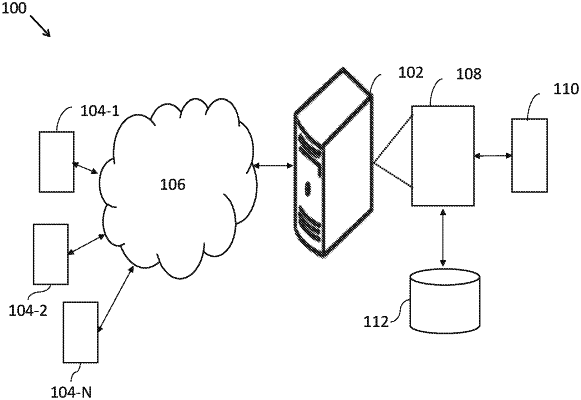| CPC G06F 9/45558 (2013.01) [G06F 9/3838 (2013.01); G06F 9/4406 (2013.01); G06F 9/5077 (2013.01); G06F 2009/45562 (2013.01); G06F 2009/4557 (2013.01); G06F 2009/45595 (2013.01)] | 7 Claims |

|
1. A processor-implemented method comprising:
collecting, via one or more hardware processors, information associated with an information technology (IT) infrastructure using a discovery model, wherein the information includes at least one infrastructure platform, at least one environment for one or more applications, and capacity, configuration and connectivity of one or more components of the IT infrastructure;
running one or more commands in a remote manner or on the IT infrastructure to collect information related to the capacity, the configuration, and the connectivity for the one or more applications, wherein the collected information is maintained in a discovery database and sensitive information is stored into a Sensitive Infrastructure Metadata (SIM) in an encrypted format and the sensitive information is excluded from a blueprint of the one or more applications, and wherein the sensitive information is at least one of virtualization center Internet Protocol (IP) addresses, administrative usernames and administrative passwords;
analyzing, via the one or more hardware processors, the collected information of the IT infrastructure based on one or more parameters to identify processes of one or more software, and a plurality of configuration files and directories of the IT infrastructure;
creating, via the one or more hardware processors, the blueprint of the one or more business applications based on the analysis of the collected information, wherein the blueprint creation for an environment includes determining type and name of an operating software, application image, application dependency and installation location of one or more files and directories;
triggering, via the one or more hardware processors, a blueprint to validate the required IT infrastructure by determining the capacity required against the capacity available, localize the IT infrastructure and application deployment whether at on-premises datacenter or public clouds;
deploying, via the one or more hardware processors, the validated blueprint to provision the required IT infrastructure and the one or more applications, and perform post installation tasks;
monitoring, via one or more processors, the deployed blueprint of the one or more applications using an artificial intelligence (AI) enabled monitoring module, wherein the monitoring includes detection of one or more operational issues;
remediating, via the one or more hardware processors, the detected one or more operational issues using an automated resolution procedure, wherein the automated resolution procedure follows a dependency map of one or more instances of the IT infrastructure to perform an auto remediation of the issues and building a self-service portal, business dashboards, approval workflows, provision to the one or more applications, platform workload and workload placement automatically and using an Artificial Intelligence (AI) based full stack monitoring to detect the one or more operational issues in metrics; and
optimizing, via the one or more hardware processors, the deployed IT infrastructure based on results of the deployed blueprint of the one or more applications, wherein the optimizing includes moving the platform workload from one location to another location, wherein the one location to the another location is at least one of on-premises to cloud, the cloud to the on-premises, the cloud to a second cloud, wherein the moving of the platform workload is based on one or more factors, the one or more factors being at least one of environment category required infrastructure storage capacity, past capacity utilization trends, licenses, cloud pricing, data sensitivity, data locality, available capacity, and end user regions and wherein the optimization includes transforming a virtual machine-based application into a container-based application.
|